This week, I glanced at local Idaho birding sites, primarily looking to see if anyone was seeing interesting owls. Last winter, we had a great gray owl roosting nearby, and we’ve also spotted snowy owls and northern hawk owls in the area.
But the excitement this year wasn’t about owl; instead, most reports focused on sightings of blue jays. Yes, blue jays.
Blue jays (Cyanocitta cristata) are showing up more regularly in Idaho and other northwestern states, so they’re still a novelty. I grew up in Pennsylvania, where blue jays were an everyday occurrence. Many backyard bird watchers there actually disliked them. This was not merely a case of “familiarity breeds contempt.” After all, northern cardinals are similarly common, and everyone remains all warm and fuzzy about them. But blue jays? They’re aggressive, loud and dominant.
But do they deserve the bad rap? I admit I’ve always loved blue jays. Take a fresh look, and you may see that they’re one of the most interesting (and beautiful) birds that will visit you this winter.

Who Rules the Feeder?
People often don’t like blue jays at their feeders because they believe they are too aggressive. This seems at least a bit hypocritical, given our own species’ record on the aggression front. But nonetheless, backyard bird enthusiasts seem to prefer a large number of “peaceful” species that coexist together. A raucous blue jay scaring everything off wrecks the idyll.
Or so they imagine.
Undoubtedly, blue jays are intelligent and adaptable birds. They’re corvids, in the same family as crows and ravens, both also renowned for their intelligence. Blue jays possess a number of habits that draw attention from humans (and other birds). Take a walk around the eastern woodlands and their loud, often-alarming calls are unmistakable. The blue jay uses a wide range of vocalizations, and is well known for imitating the calls of two raptor species, red-tailed and red-shouldered hawks.
The reasons for these calls, like much about the blue jay, attracts no shortage of theories while the actual science remains somewhat unsettled. Some posit that blue jays do this as an alarm call, alerting other blue jays to danger. Others believe blue jays do this to scare off other birds from food sources.
If you have a bird feeder, you’ve probably noticed times when all the birds clear out, and suddenly a couple of blue jays swoop in to hog the spoils. It’s an effective but apparently short-lived tactic; most birds return to the feeder quickly.
However, many backyard birders also consider the blue jay a bit of a bully. But is this reputation deserved?
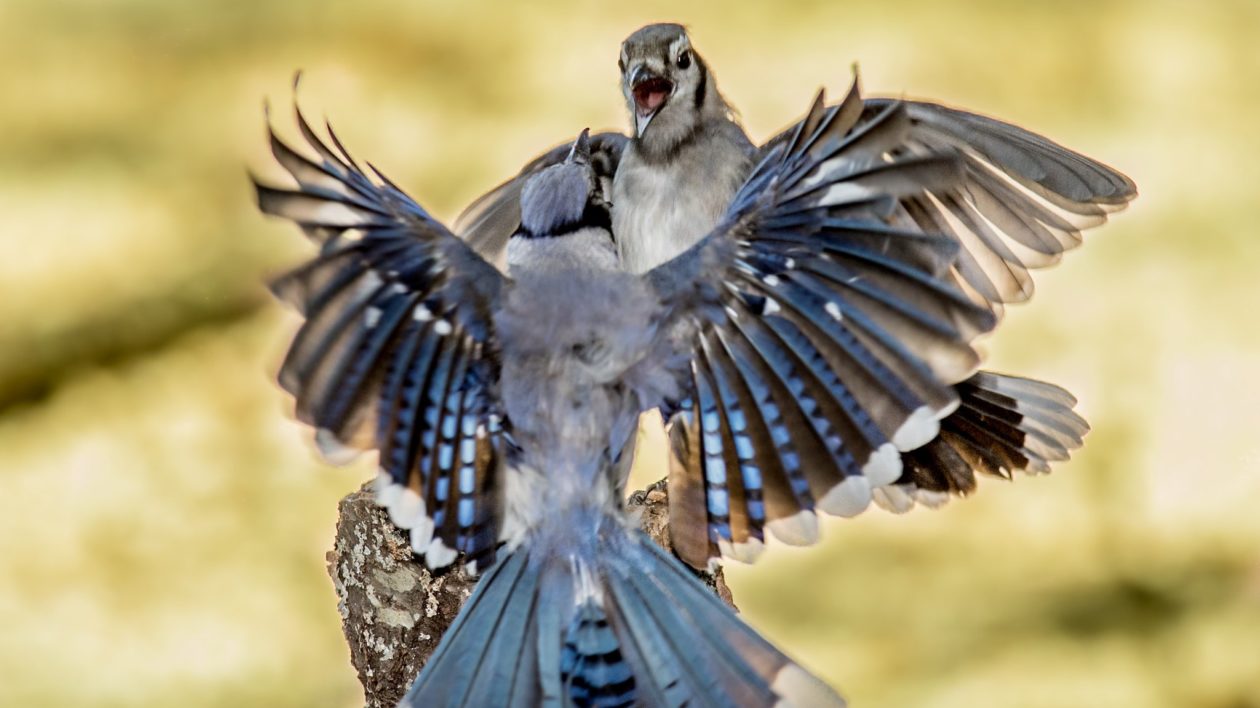
Some oft-repeated claims about blue jays appear to be based on anecdotes that are then applied to the entire species (much in the same way that people blame magpies for all kinds of crimes). For instance, blue jays are well known as nest robbers, gobbling up songbird eggs and hatchlings. And yet, studies conducted since 1897 have found that eggs and birds make up only 1 percent of the blue jay’s diet.
You can find lots of YouTube videos and accounts of blue jays gobbling up eggs, but the reality is they are not major nest raiders. Most of their diet consists of insects, seeds and nuts. They stash lots of acorns and don’t return for many of them, making them significant shapers of the eastern forest. They should be celebrated as a vital part of the woodland rather than derided as being “destructive.”
It turns out that blue jay interactions at the bird feeder are more complex and fascinating, too. The Cornell Lab of Ornithology references a Florida study that found blue jays were not the rulers of the feeders: “Red-bellied Woodpeckers, Red-headed Woodpeckers, Florida Scrub-Jays, Common Grackles, and gray squirrels strongly dominate Blue Jays at feeders, often preventing them from obtaining food.”
The citizen science program Project FeederWatch has obtained extensive data on the interactions of birds at feeders. It’s fascinating stuff. It looked at how “peaceful” or “feisty” birds were, and the results were often surprising.
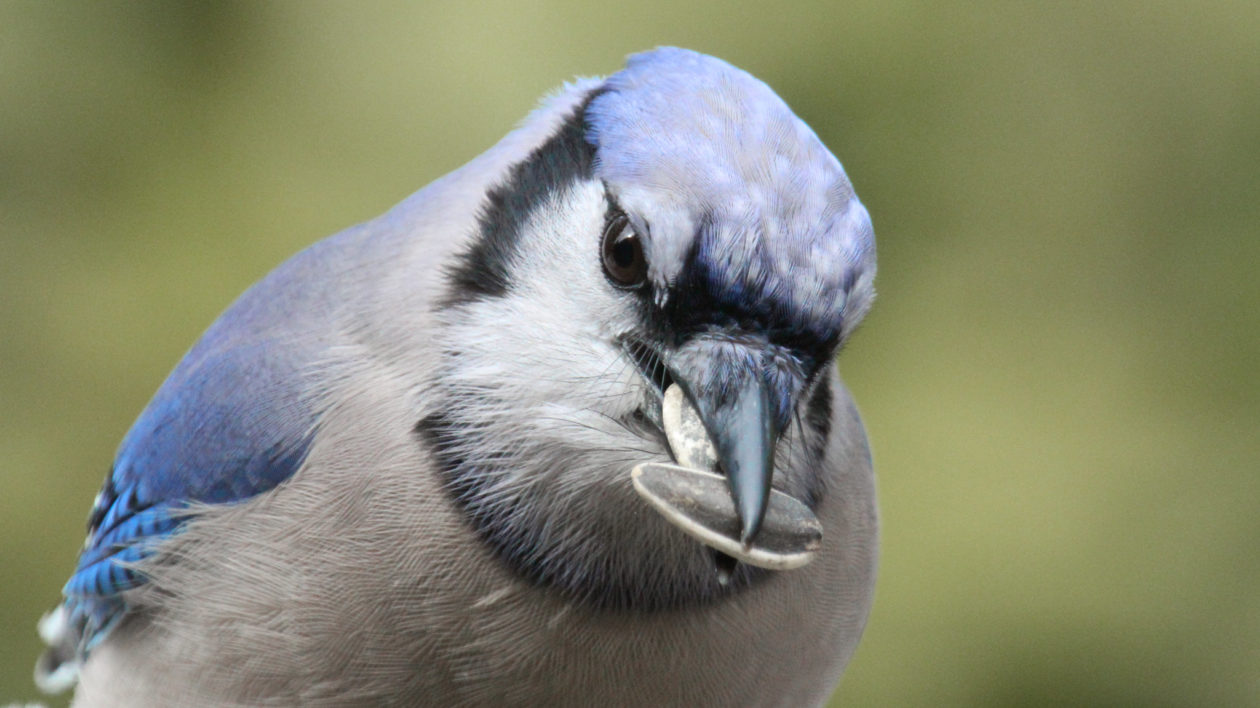
In short, there’s a lot of maneuvering and competing going on at any given feeder. And yes, blue jays can scare off other birds, but they’re hardly alone in this behavior. Research has found that a lot of dominance at feeders is related to size. Simply put, big birds will push away small birds. The most dominant bird? Probably not surprisingly, it’s the wild turkey. No matter how aggressive a blue jay is, it’s not going to scare off a turkey.
Blue jays may be very loud, which earns them their bully reputation. But birds like the beloved chickadees will also harass other birds until they leave. As a side note, if you love observing backyard birds, look at the summary of this study. It found some intriguing results: For instance:
European Starlings are dominant to Red-headed Woodpeckers, Red-headed Woodpeckers are dominant to Red-bellied Woodpeckers, and Red-bellied Woodpeckers are dominant to European Starlings (see diagram at right). This rare non-linear hierarchy may help balance continental patterns of abundance. Each species competes with another for nest cavities, but no species is always the winner.
Your observations at feeders or city parks may reveal similar interactions. Recording what you see can help us better understand bird behavior.
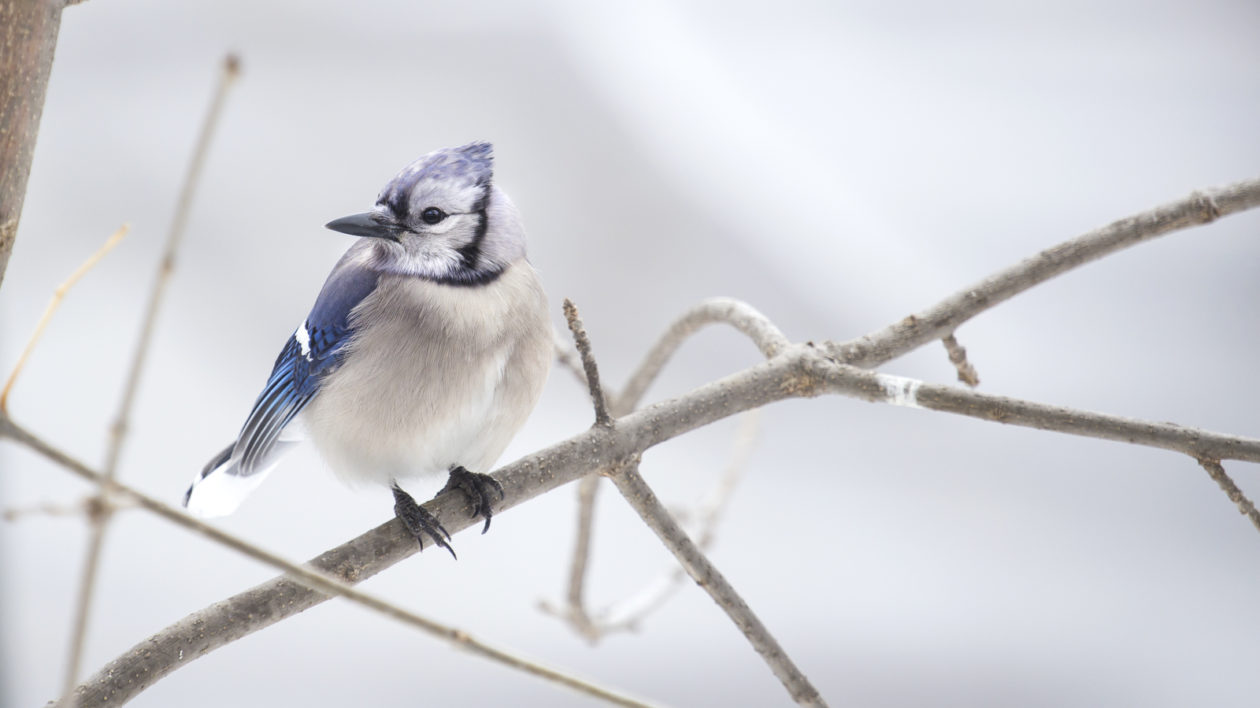
Blue Jay Mysteries
And there is a lot we don’t understand about blue jays. Take their migration, or lack thereof.
Most blue jays don’t migrate. Throughout their range, you will find plentiful blue jays during the winter. But many bird observatories report large flocks of blue jays migrating in the fall, particularly in the Great Lakes and along the Atlantic Coast.
Why blue jays migrate remains a mystery. Cornell estimates that fewer than 20 percent of blue jays migrate annually. And even among the migratory jays, not all make the journey every year. Some researchers believed that migration consisted of young birds dispersing, but others claimed it was old birds. The most recent studies found it’s both.
Blue jays, like many corvids, have complex social lives. They often mate for life and stay with their mate throughout the year. They live in loose flocks in the winter, and have some form of social hierarchy. But again, there is still a lot to learn about this common backyard bird.
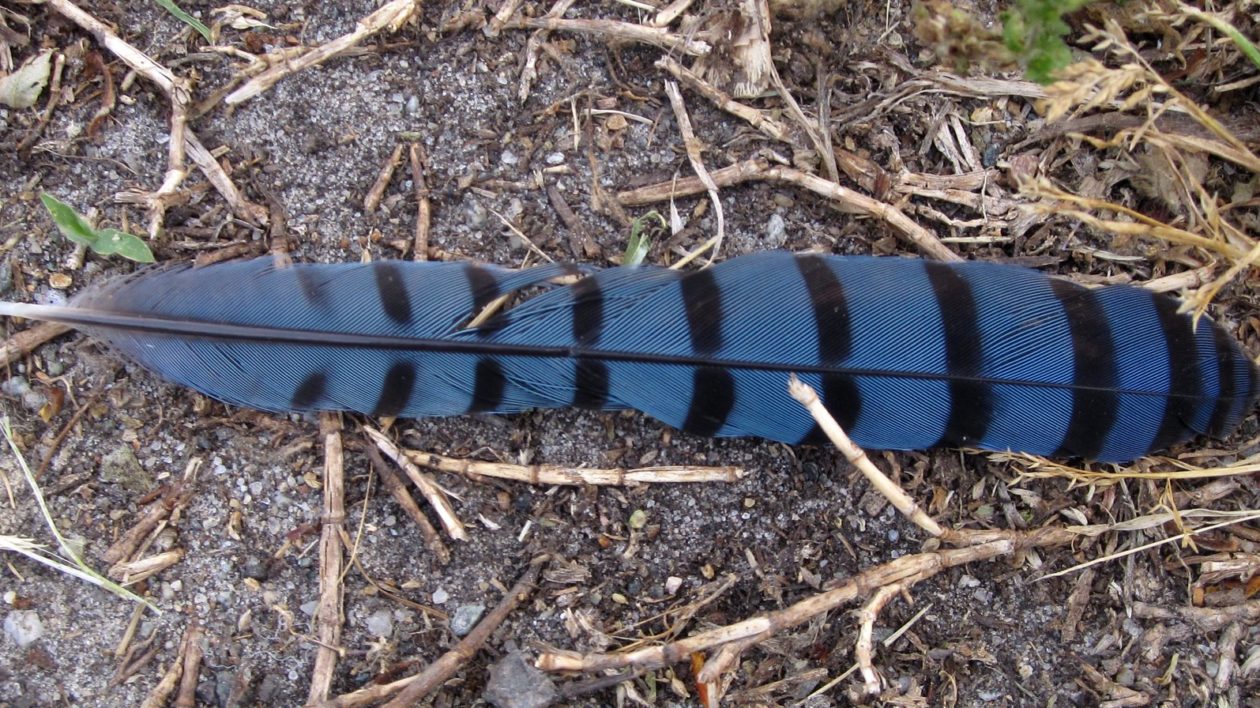
The Spread of Blue Jays
One thing we do know about blue jays: They are thriving and expanding their range. Recent news coverage has reported on the massive declines in North American bird populations over the past few decades. But blue jays are a rare positive story: Their numbers increased 28 percent between 1966 and 2015.
Blue jays have been year-round residents from the eastern United States and Canada to the Great Plains. They are increasingly showing up in the winter in the northwestern United States, where they were rare to non-existent prior to 1972.
While they still cause excitement when spotted at Idaho bird feeders, there are a few reported every year. The same is true for Washington, Utah, Montana and other western states.
Blue jays are adaptable birds, and they thrive in the edge habitats created by suburbia and small woodlands. And yes, they love bird feeders.
Conservationists theorize that, as blue jay populations grow, some jays spread out to new territory. Historically, if they moved to the Northwest, they would have found big wilderness already occupied by Steller’s jays and other species. But now, they find plenty of human habitation, creating ideal blue jay habitat.

Most of the blue jay sightings in my region are in Idaho cities and towns like Boise, Spokane and Moscow, all places with plenty of parks, edge habitat and feeders.
The excitement caused by a blue jay sighting in the Northwest is understandable. Seen for the first time, the blue jay is a striking bird. But you don’t have to live in Washington to appreciate the jay. As nature photographer Andrew Thompson writes, “If they were not so common, blue jays – with their unique color and markings – would almost certainly be considered among the most beautifully adorned birds.”
So, even if blue jays are the most common and conspicuous birds at your feeder, take another look. Seen with fresh eyes, you might gain a new appreciation for this raucous bird. And your observations of their fascinating behavior can help us better understand what’s happening at our feeders, and assist in bird conservation across the continent.
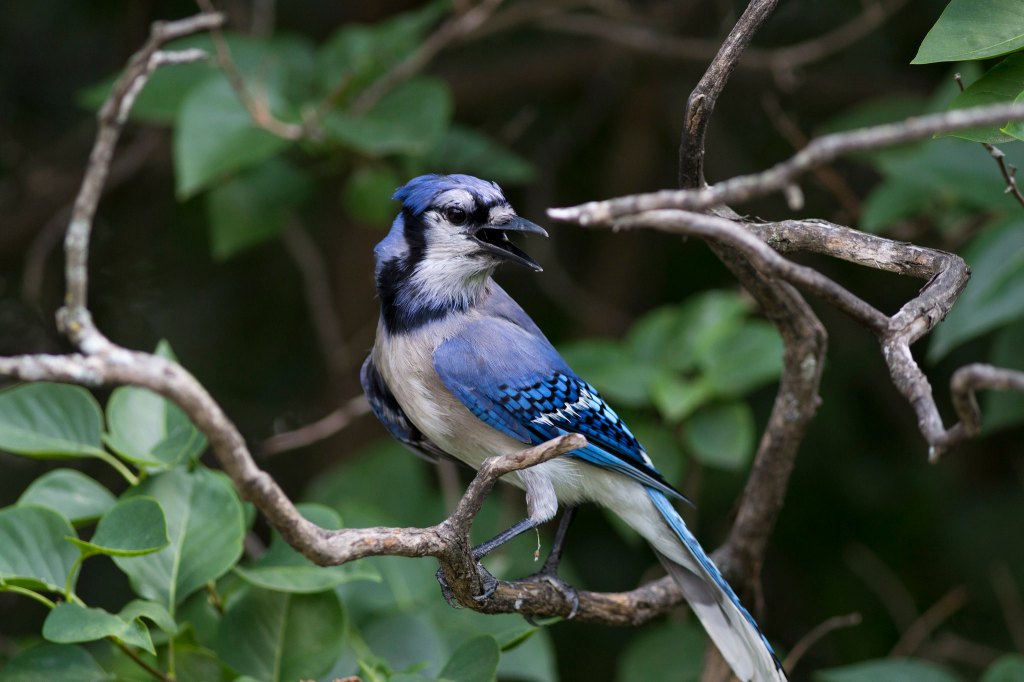



My home is in Myrtle Beach SC. The house had been abandoned for several years but I saw the hidden beauty beneath the weeds. The back garden retains a large magnolia tree along with huge ferns, cast irons and variegated acobas. This summer I have 3 male Blue Jays who are ruled by the largest. It is my 3rd season to experience the joy of Blue Jay fledglings.
This evening I watched a female dove drinking from the bird bath. She gave one of the Jays a sharp remark and he left quickly.
Due to rapid land development my garden has become a sanctuary for various species not normally found in the suburbs. Granted I live in a very small tree hugging neighborhood.
I am grateful the Jays have found a safe place to nest, eat and bathe. The old greying Jay still comes over for his afternoon bath. Incredible to watch him sprawl out nearly covering the bird bath.